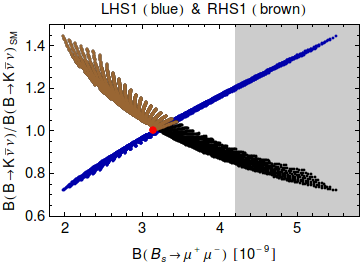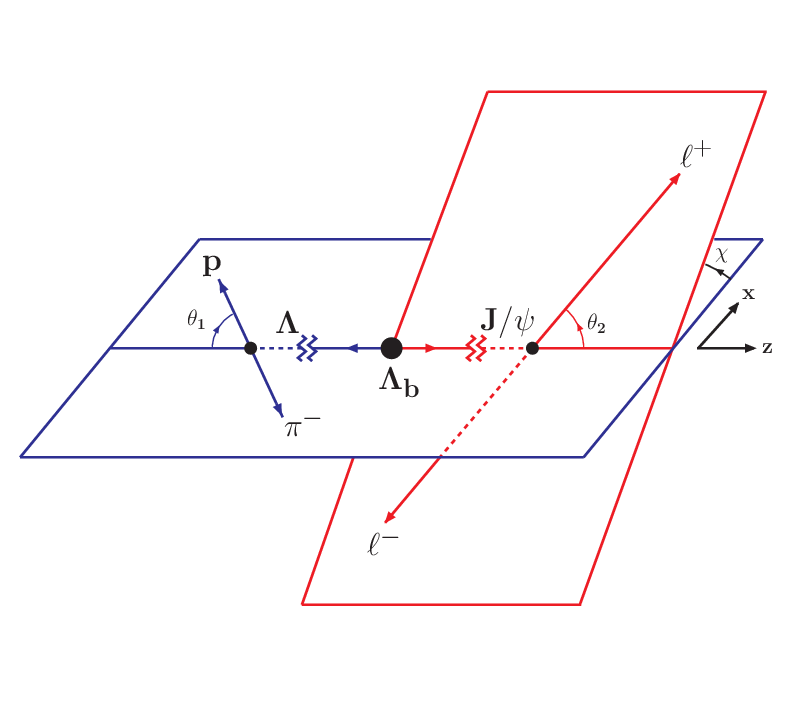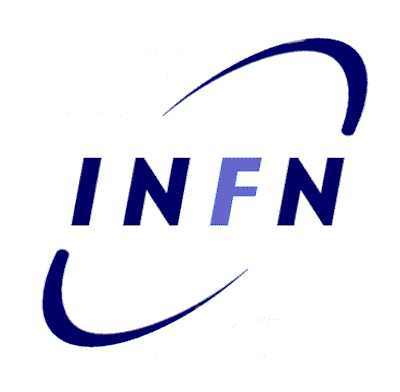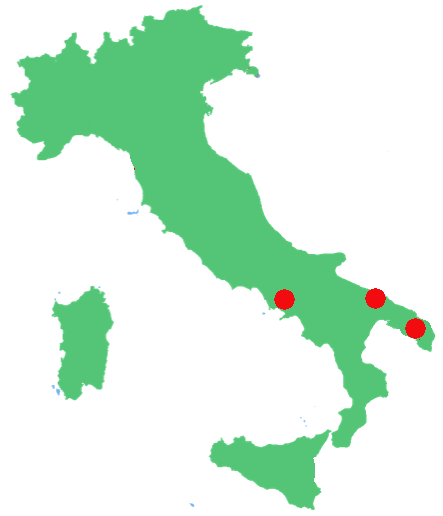
The Standard Model of elementary particle physics, one of the mankind's most important achievements,
provides a unified description of the observed phenomena in fundamental
physics in terms of the interactions between leptons and quarks, the elementary constituents of matter.
From particle physics experiments there are at present no strong hints of discrepancies with the SM
predictions, up to TeV energies.
However,
the SM leaves fundamental questions unanswered: the number of forces,
the number of generations of elementary fermions, the nature of the dark matter,
the matter-antimatter asymmetry in the Universe. Moreover, the model does not include
a consistent quantum theory for gravity. The idea that the SM is an effective field theory
valid at up to the energies scales accessible to present experiments, but needing to
be extended at higher energies, has to be developed and tested.
The
elaboration of theories beyond the SM has mainly been driven by the need of understanding
the vast difference between the electroweak and the Planck scale.
The SM extensions facing this problem involve compositeness, supersymmetry, extra-dimensions.
After the first period of data taking at the LHC, this is an issue of crucial importance.
Physics beyond the SM can be disclosed producing new heavy particles at the high energy colliders.
It is also possible to search the virtual effects of new particles or interactions in low-energy
high-luminosity experiments. Energy scales beyond the reach of the high-energy accelerators can
be probed analyzing flavor physics phenomena, with the precision studies of processes
involving B and D mesons, Lambda_b baryons, kaons, charged leptons.
The effects of gravitation on the SM phenomena can also be investigated, namely considering
the consequences of the anomalous breaking of scale invariance.
The development of computational techniques to deal with strong interaction quantities,
using methods inspired by the gauge/gravity duality, is important as well.
New problems in QCD, for example concerning the interpretation of recently observed hadrons
with unexpected properties, show the vitality of the various sectors of the elementary interactions.

At the same time, in the last two decades, a large number of experiments have attempted to look for
answers to fundamental questions concerning the
origin of our Universe, trying to interpret astrophysical
phenomena such as the discovery that this is undergoing a phase of accelerated expansion. The hypothesis
that ordinary matter could be accompanied by dark matter and by dark energy as constituents of
our Universe finds large support, bringing to converging interests of the particle physics,
astrophysics and cosmology communities.
Our research group is
active in a particle physics phenomenology programme on these topics.
The international collaboration involves TUM Munich, Mainz University, JINR Dubna,
Ecole Polytechnique, Crete University, Los Alamos National Laboratory,
University of Tessalonikki, Manchester University, Madrid UAM University, Tomsk State University,
Southampton University.
A feature of our team is the effort in
training young post-docs, PhD and graduate students.
In the period 2010-2014 our group produced 6 PhD theses (one of them "Sergio Fubini" prize
of the INFN national theoretical committee) and about 15 master theses in high energy theoretical
physics. An international school on LHC for PhD students has been organized in Martignano (Lecce).
Moreover, QCD@Work, a series of international workshops devoted to Quantum Chromodynamics
and to the theory of fundamental interactions, is organized by our team every two years.
The 2014 edition, the 7th one of the series, has been held in Giovinazzo (Bari) in June 2014
(
http://www.ba.infn.it/~wqcd/2014/).
 The Standard Model of elementary particle physics, one of the mankind's most important achievements,
provides a unified description of the observed phenomena in fundamental
physics in terms of the interactions between leptons and quarks, the elementary constituents of matter.
From particle physics experiments there are at present no strong hints of discrepancies with the SM
predictions, up to TeV energies.
The Standard Model of elementary particle physics, one of the mankind's most important achievements,
provides a unified description of the observed phenomena in fundamental
physics in terms of the interactions between leptons and quarks, the elementary constituents of matter.
From particle physics experiments there are at present no strong hints of discrepancies with the SM
predictions, up to TeV energies.
 At the same time, in the last two decades, a large number of experiments have attempted to look for
answers to fundamental questions concerning the
At the same time, in the last two decades, a large number of experiments have attempted to look for
answers to fundamental questions concerning the 

